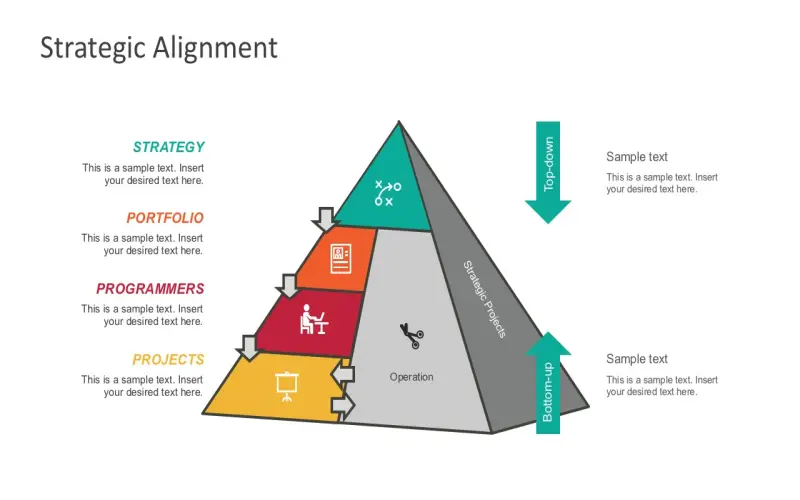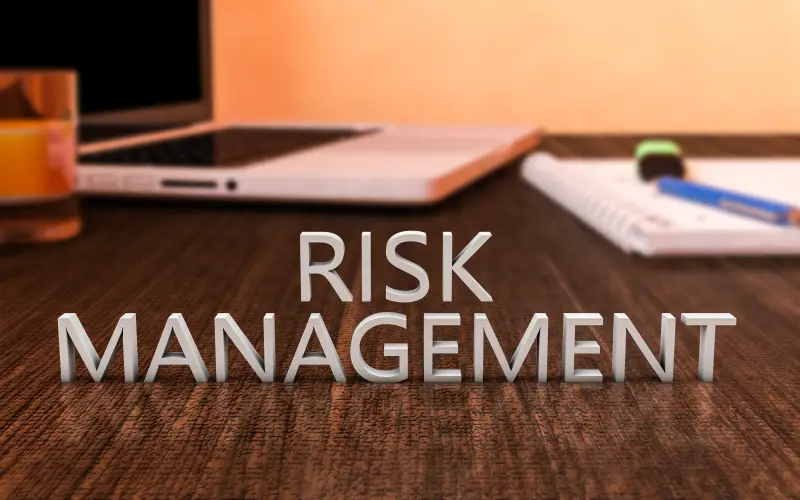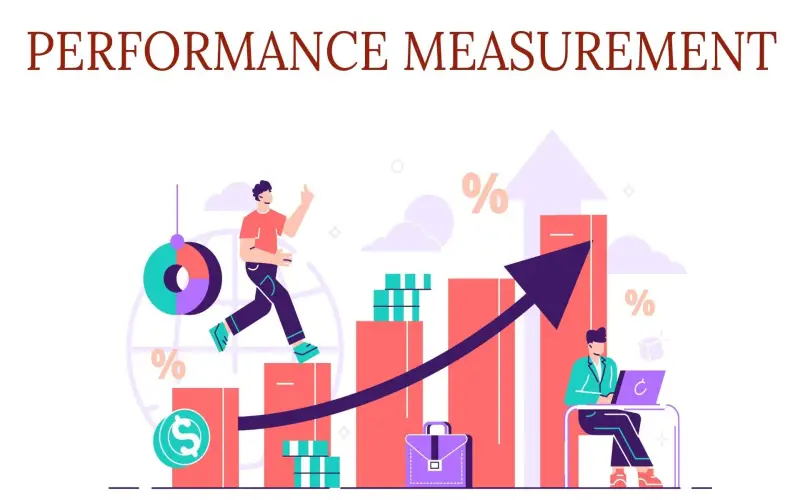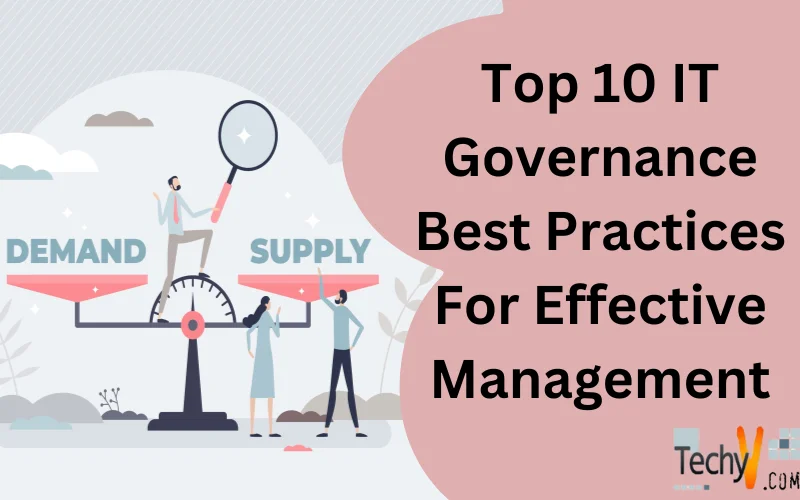IT governance refers to the processes, structures, and relational mechanisms that ensure IT sustains and extends an organization’s strategies and objectives. With digital transformation driving rapid technology changes, IT governance warrants careful planning to align IT strategy with business goals while managing risks. Across companies and institutions, IT leaders aim to optimize value delivery through governance practices balancing performance, risk, resources, and decision authority. As part of regular reporting, IT governance focuses on transparency around investments, services, projects, and operations. Still, many initiatives fail because of poor alignment, uncontrolled spending, or inadequate leadership. This article outlines ten best practices for effective IT governance. The guidelines help IT leaders work cross-functionally to continuously improve services, innovate confidently, and demonstrate clear value. I also explain key concepts and metrics that paint a full picture of governance maturity and performance. For DBAs and technical leads eager to advance their governance, the list highlights areas to focus policies, committees, and scorecards.
1. Strategic Alignment
The first imperative aligns IT goals and investments with business objectives for competitive advantage. Strategic alignment rests on collaborative governance linking enterprise leaders with IT decision makers. The partnership between the CIO and other executives fosters insight into emerging technologies while conveying business needs. Cross-functional committees can then co-determine priorities based on costs, risks, and returns. Furthermore, a shared roadmap built on value propositions outlines the capabilities IT will deliver this year and three years out. Both business and IT leaders should understand how funding splits across maintaining existing platforms, improving capabilities, and launching transformative initiatives. With regular reviews, the roadmap evolves to meet changing demands.

2. Risk Management
Next, an IT risk management framework mitigates dangers across project failures, service outages, data breaches, regulatory non-compliance, and other dimensions. The likelihood and impact level scored for each risk determines its priority for control investments. Types of risk treatment include accepting, avoiding, transferring, or controlling the uncertainty. While bottom-up risk registers document threats for specific assets, services, and initiatives, top-down risk governance takes a portfolio view. Leadership weighs systemic risks and interdependencies that concentrate the impact. For example, an outage across interconnected systems poses more danger than failing individual components. Regular contingency planning also prepares incident response across disaster scenarios.

3. Resource Management
Balancing supply and demand for IT resources represents another governance essential. Supply management involves portfolio planning and oversight of capital and operating budgets. Tracking project progress and actuals versus forecasts helps predict delivery capacity. Meanwhile, demand governance works with business leaders to sequence or negotiate requests. Setting up IT demand processes for intake, classification, authorization, and scheduling provides structure. An IT demand council featuring business and IT directors can determine which proposals get funding based on costs, resources, and effectiveness.

4. Performance Measurement
Next, comprehensive IT performance measurement leverages benchmarks and satisfaction surveys to gauge the value delivered by technology investments. Metrics evaluate both project implementation and ongoing service levels. A balanced IT scorecard might track spending trends, user adoption for new capabilities, system availability, incident rates, and other key performance indicators (KPIs) against targets. Dashboards and reports distributed to IT leadership support data-driven decisions about operational excellence, technology improvements, and the retirement of legacy environments. Comparing metrics over time versus best-in-class levels indicates when processes require enhancement.

5. Decision Rights And Accountability
Governance processes only work if clearly defined decision rights and accountabilities guide IT leaders to make choices balancing risk, resources, strategy, and performance. An effective IT decision framework maps decisions along three dimensions: 1) business versus IT-focused choices 2) strategic priorities versus operational execution and 3) centralized authority versus decentralized empowerment. Committee charters, RACIs, and other artifacts codify the decision taxonomy. With transparent decision-making protocols, no further approval latencies or conflicts occur. Support frameworks like project intake processes facilitate decision escalation when preset authority is exceeded. Organization roles listed in reporting lines and leadership principles further reinforce accountability.

6. Value Propositions For IT Governance
Driving continual improvements across IT governance requires conveying compelling value propositions at senior leadership levels. Developing use cases tailored to CXO perspectives illustrates how governance capabilities will enable business success through enhanced transparency, risk controls, and performance management. The program vision might highlight increased revenue, accelerated time-to-market for new products and services, improved regulatory compliance, controlled IT spending growth, and other benefits. Industry research quantifying IT governance returns helps justify the investment and focus teams on substantive outcomes versus theoretical process goals.

7. Demand Management
As mentioned earlier, demand management processes intake, evaluate, and approve IT funding requests based on costs, resources, risks, and effectiveness. Intake submission templates log key details on the business needs, solution requirements, costs, stakeholders, and timelines. Demand managers classify requests like new capabilities, upgrades, or maintenance based on criteria to enable comparisons. An IT demand council or similar cross-functional team reviews major project requests based on the value proposition, architecture alignment, and resource availability. Funding decisions try to balance different types of demand like sustaining existing platforms along with innovations that create future value. Sequentially staging requests also help smooth delivery given constraints.

8. Balanced Scorecard Metrics
While this article outlines best practices across the different IT governance domains, organizations need integrated measurement systems to monitor performance holistically. Balanced scorecards track KPIs spanning lagging outcome metrics and leading process health indicators. For example, financial indicators like the IT budget as a percentage of revenue track spending efficiency. Customer indicators such as system uptime and help desk resolution rates signal delivery quality. Internal process metrics around project throughput and defect rates dictate improvement priorities. Finally, learning and growth measures like training completion indicate team capabilities.

9. Blueprint Of An Ideal Future State Of IT Governance
Beyond driving continual refinements, IT leaders should also define a multi-year vision for target governance capabilities reflecting industry best practices. This blueprint conveys the ideal end-state across decision frameworks, demand forecasting, portfolio reporting, risk metrics, and business partnership rhythms. While the current state assessment highlights improvement opportunities, the future blueprint rallies teams around the governance transformations needed to enable organizational success. For example, the vision might depict how analytics-driven portfolio planning will link technology investments with financial growth.

10. Assessment Technique
Across the different IT governance domains, audits, maturity assessments, and capability evaluations set the baseline and highlight areas for enhancement. Initial capability maturity models grade cross-functional processes like demand management, risk oversight, and technology investment decisions against levels from ad-hoc activities up to optimized systems. Comparison to external benchmarks indicates current gaps.



















